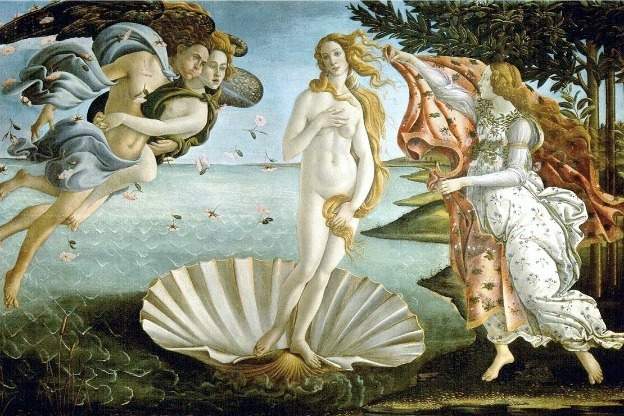
Time capsule for this episode: 1170
Note: The host for this episode is WFIU announcer Annie Corrigan.
Opening
The Consort of Musicke performed “The Wooing of Hodge and Malkyn” – A song written in a broad Somerset dialect by one of England’s most eccentric musical characters, renaissance composer Thomas Ravenscroft. The song consists of a playful dialogue between Hodge and his sweetheart Malkyn and ends in a wedding scene, including the words: “A bargain’s a bargain, be it good, be it ill.”
We’re exploring the theme of love this hour.
Petrarch's beloved Laura.
Petrarch's collection of 366 lyrical poems, Il Canzoniere, is believed to have been composed over a length of forty years. The ever-present figure addressed in the majority of the poems is Laura de Noves. Petrarch first laid eyes on his beloved Laura at Easter mass in the church of Sainte-Claire d'Avignon in 1327. From that moment, the flames of Petrarch's passion blazed. Laura, a married woman, refused her admirer's advances. Despite this, Petrarch continued his admiration from afar. Love and longing abound in each passage of Il Canzoniere, and the poet's masterful compositions offer up reverential worship – a love for the spirit beyond the flesh.
Iconic lovers
The Jeu de Robin et Marion is the oldest known French secular play set to music. It was written in the 13th century by trouvère Adam de la Halle, and the play expands upon ideas central to the pastourelle, a genre of lyrical poetry dating back to the 12th century. In the pastourelle, a knight wins over a maiden he encounters during his travels, often in a field. The maiden usually resists, however; and, in our play, Marion does just that. At its onset, Marion swears her love for Robin, the man to whom she is betrothed. She sings, “Robin loves me, Robin has me. / Robin asked for me, and he will have me.” (“Robins m'aime, Robins m'a. / Robins m’a demandée, si m’ara.”)
A lily among thorns
The Song of Songs, a book of the Hebrew Bible, is an ancient story whose loving dialogue and sensual imagery sparked the imaginations of countless ages. One line reads: Sicut lilium inter spinas, sic amica mea inter filias, or, “as the lily among thorns, so is my love among the daughters."
On its surface, the song seems to follow a couple from courtship to union, but many believe that it’s a parable about God's love for mankind.
Featured release: The return to peace
Well, in every love story, there's conflict... So, our featured release summons up scenes of peace.
For over twenty years, the group Le Parlement de Musique, directed by Martin Gester, have presented programs bringing to life the 17th and 18th centuries through fusions of music, theatre, visual art, and dance. Most recently, the ensemble’s activities have been centered on the art of the Baroque cantata.
Their 2012 CD Le Retour de la Paix, or The Return of Peace, explores the theme of war and peace through the music of two French Baroque composers. The recording includes resounding battle cries by organist and composer Louis-Nicolas Clérambault alongside sighs of bucolic bliss by his contemporary Michel Pignolet de Montéclair!









